Arsenal Street Fire Station No. 1 (1908 – 1992)
The Arsenal Street fire station would open in August of 1908, a mere five years after the Otis House fire in 1903, perhaps the most devastating fire in Watertown since the Great Fire of 1849, which destroyed much of downtown along Arcade, Arsenal, Court Streets and portions of Public Square.
The former Station No. 1, located on Stone Street, had become antiquated like many other firehouses built in its era before heavier equipment, longer ladder trucks, and ultimately motorized vehicles, the first being utilized in the city in 1912, became standard equipment. Stone Street firemen would relocate to their new dwellings, which were deemed the most modern fire station north of Syracuse at the time. The former station on Stone Street would be razed within two weeks, and the Guilfoyle block would be erected.
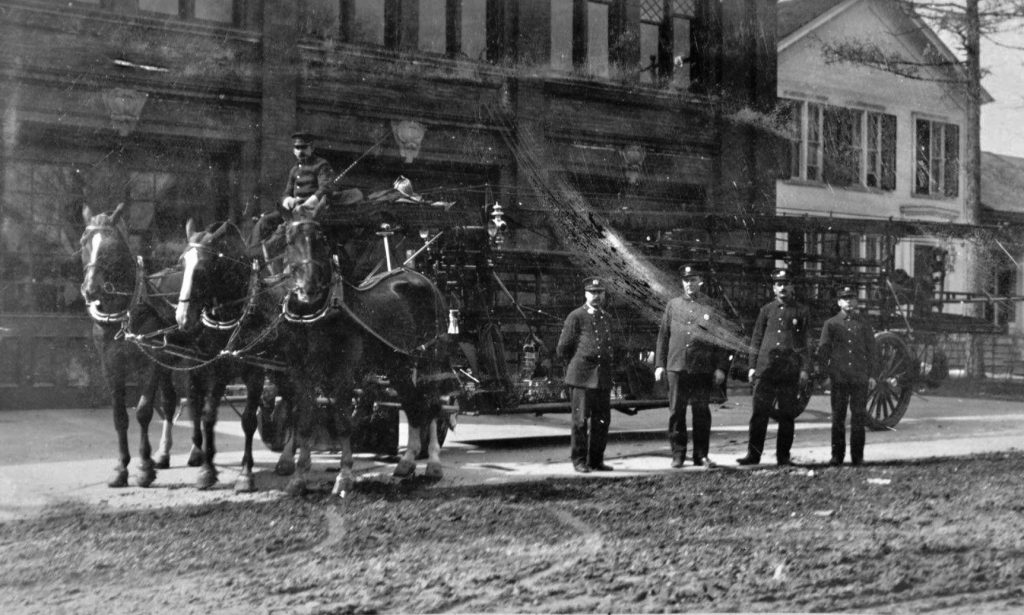
The cost of building both the Arsenal and Lillian Street fire stations would be $40,000. Unlike the Stone Street station, the Arsenal Street fire station would always have the reserved steamer readily available for service. The rooms storing the apparatus would be separate from the horse stalls, making getting either or both out in an emergency all the more efficient. When the new station was put to the test in its first week, it took all but 13 seconds for the firemen to hitch up and get away.
The Watertown Daily Times would report on the new Arsenal Street fire station approximately one week before it was moved into–
In the Arsenal Street quarters Watertown has the most modern engine house north of Syracuse. It is of brick, two stories in height, and accommodates al combination engine and chemical company, ladder company, and fire alarm and fire department headquarters. The greater part of the first floor is devoted to the apparatus room, which is deep enough to accommodate the longest truck built.
The Arsenal Street house, the new No. 1, will quarter 15 men and nine horses, six men and three horses belonging to the ladder company; three men and three horses to the steamer and five men and two horses to the hose and chemical wagon. The truck, a steamer and the chemical and hose wagon will be in constant commission, a second steamer being held in reserve, its fire laid and its boiler filled, ready for use in an emergency. Here, too, will be Chief Morrison during the greater part of the day.
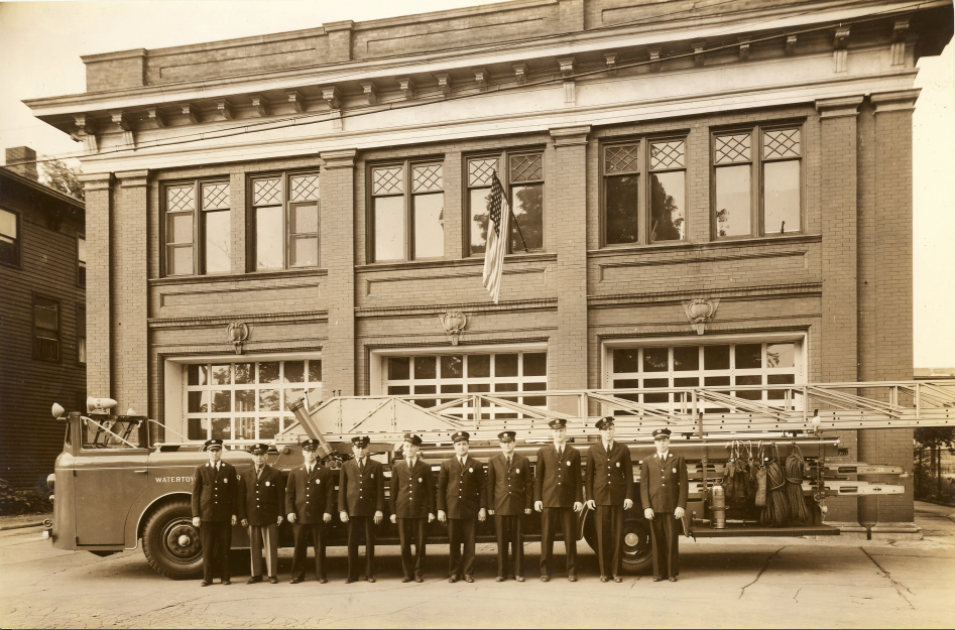
At the time of its opening, the city of Watertown had four fire stations: Number 1 on Arsenal Street, Number 2 on Factory Street, Number 3 on Curtis Street, and Number 4 on Lillian Street. This gave the North Side two stations, whereas a few years prior, there were none.
In 1915, familiar slogans would be added to the Arsenal Street Fire Station as noted in the Times–
Further mottos for remembrance are being painted at No. 1 station in Arsenal Street. Along the back girder in the apparatus room will shortly appear in red upon a white background the announcement: “Safety first is a good slogan; practice it.” Over and under the running card, which governs the response of the various companies to alarms will be a sign: “Look twice.” The glass door of the transmitter through which all telephone alarms are dispatched to the other companies will bear the inscription: “Be sure you are right… Make no mistakes here.” The stairs will bear the warning: “Watch your step,” and the same will warn the men at each pole hole.
The slogans would serve not only the firemen but also the station’s visitors, who often included children from the neighboring St. Patrick’s and Arsenal Street Schools.
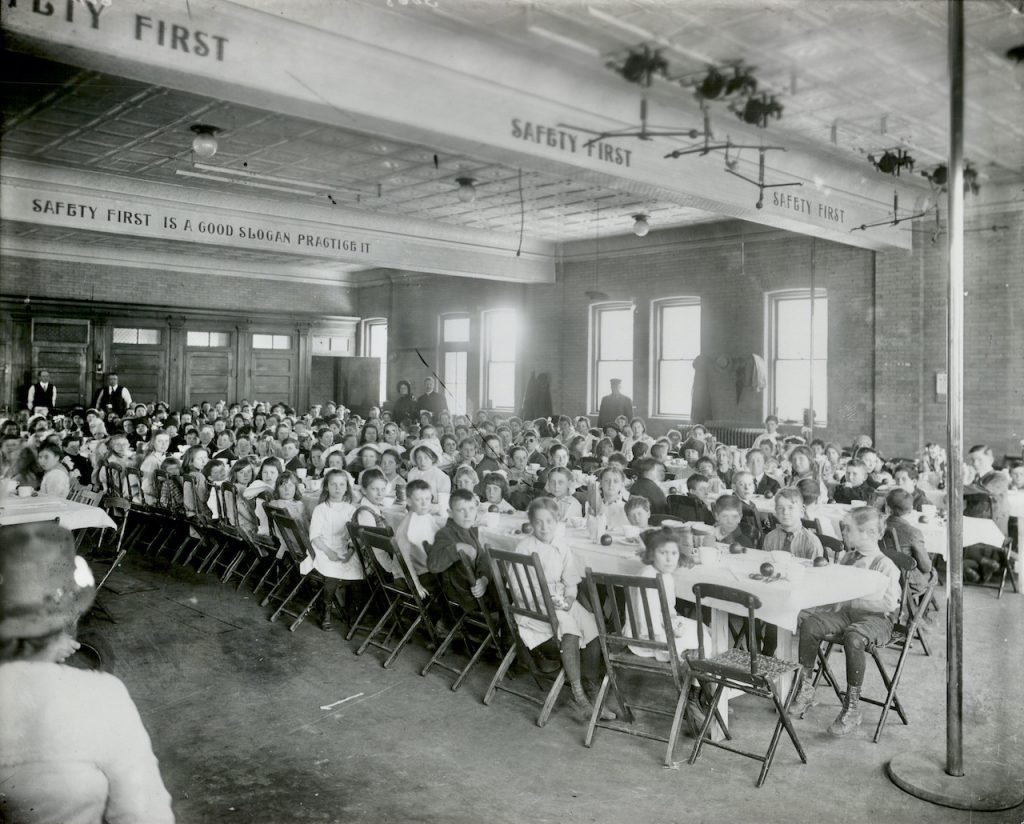
The Arsenal Street fire station was, for the most part, situated near the heart of downtown. It surrounded stores such as JCPenney in later years, Sears, A&P next door, and the Little Book Shop, which undoubtedly made them feel more integrated within the community. The firemen were noted for their helpfulness to Maggie of the Little Book Shop, donating the antique table to her many years before her forced closure when all that remained was the cash register and the aforementioned table it sat on.
Over the years, one by one, the Arsenal Street fire station outlived its neighbors. Urban renewal changed much of the landscape on Lower Arsenal Street toward Public Square. The widening of Sherman Street took down the Warlock Block and its neighboring Silver Grill
In the 1970s, Arsenal Street School was vacated with the opening of Harold T. Wiley and subsequently razed for a gas station. A&P would move to a new location, Mercy Hospital would acquire the property, and the Little Book Shop would be gone.
In the early 80s, St. Patrick’s moved to the former Massey Street School, and the opening of Salmon Run Mall in 1986 created a mass exodus that included Sears, JCPenney, and The Boy’s and Men’s Specialty Shop, among others. Before they knew it, the Arsenal Street fire station seemed to be the last one standing along with St. Patrick’s church. Of course, those weren’t the only changes in the making.
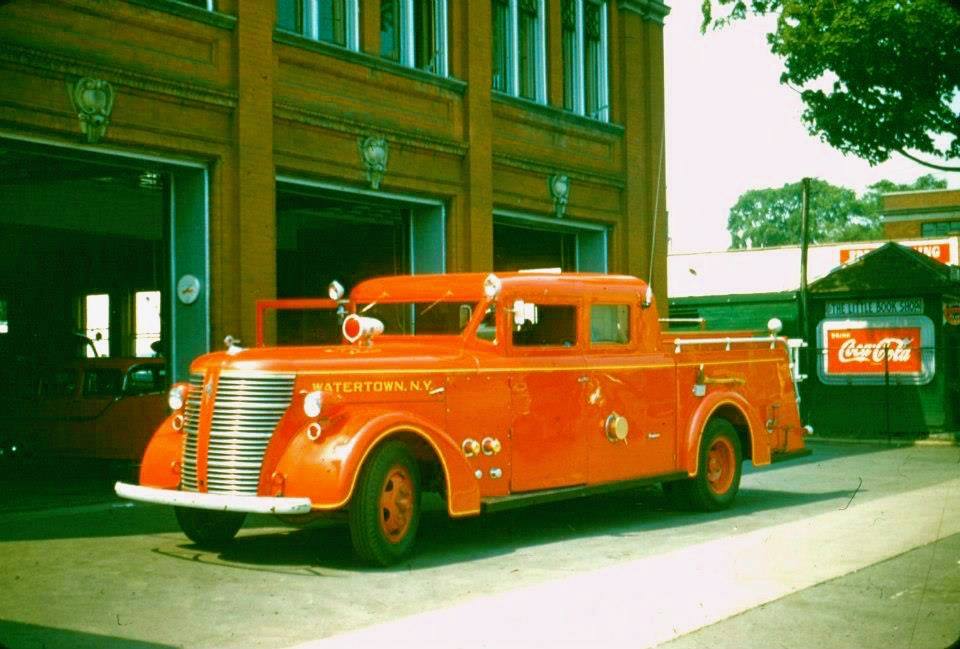
In the late 1980s, the city would conduct a study to re-examine its fire department structure and requirements. By then, the Lillian Street fire station had been given to the Neighbors of Watertown to redevelop into low-income apartments. Though not that old, the Washington Street fire station would end up on the for-sale list, as would the Factory Street station.
In 1990, Bernier Carr & Associates was awarded the contract to design a new fire station on South Massey Street. The station would replace the 82-year-old Arsenal Street fire station and be named the Emma Flower Taylor Fire Station. It was built in the former location of the Emma Taylor Flower residence, which was built after her divorce from J. B. Taylor. The site later became the Massey Street swimming pool site.
The question then became, what to do with the old fire station? Initially, it appeared the city was going to give the property to the County to be razed for a new public health building. Ultimately, the property would be put up for sale, and despite advertising in the four largest cities in Upstate New York, the only offers received were from locals.
In November 1992, the building was auctioned off to the highest bidder at $95,000, Tallmadge Tire Co. of Cortland, who moved quickly to renovate the property. Issues arose with bringing the building’s electrical and plumbing up to city code, delaying the new store’s opening until late April or early May 1993.
The store would be operated until its owner, Timothy E. Kelly, retired in 2001 and then sat vacant for years – even after he sold it to an undisclosed developer in 2013. That entity was 217 Arsenal Street, LLC, with an address in Pittsford, NY, shared with DGA Builders, LLC. DGA Builders presumably owns it and is D/B/A 217 Arsenal Street, LLC.
After demolishing the Mercy Hospital complex, the Arsenal Street fire station looked to be incorporated into COR Development’s plans for the surrounding area. However, plans for further development of the property fell through. Mercy Hospital, at one point, was interested in acquiring the property but backed out of the deal.
As of 2021, the old Arsenal Street fire station is vacant and still listed in the city’s property database as 217 Arsenal Street LLC. The land around the station, which was to be part of the big redevelopment plan, was put up for sale at $2,000,000 by COR Development earlier in the year.
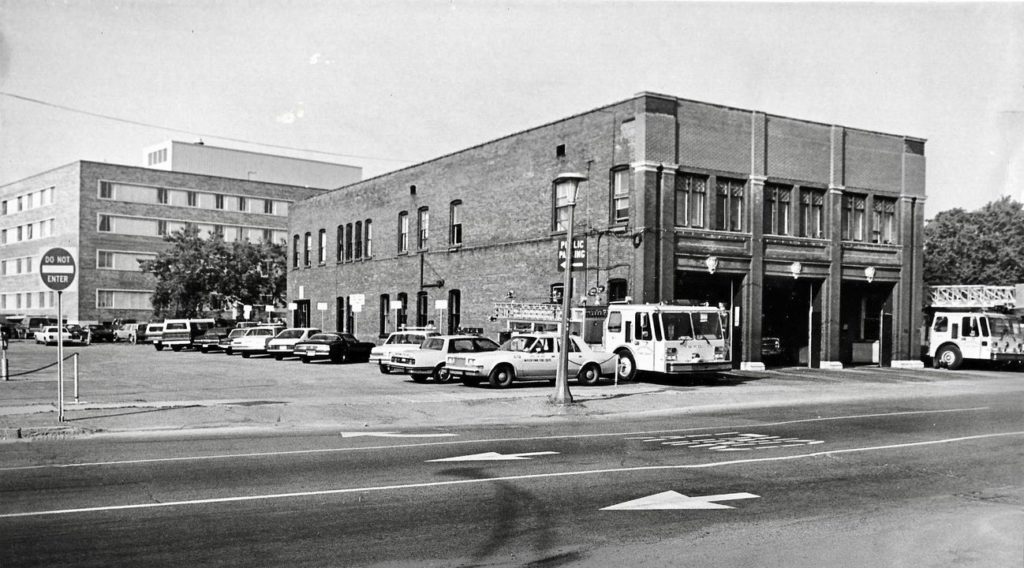
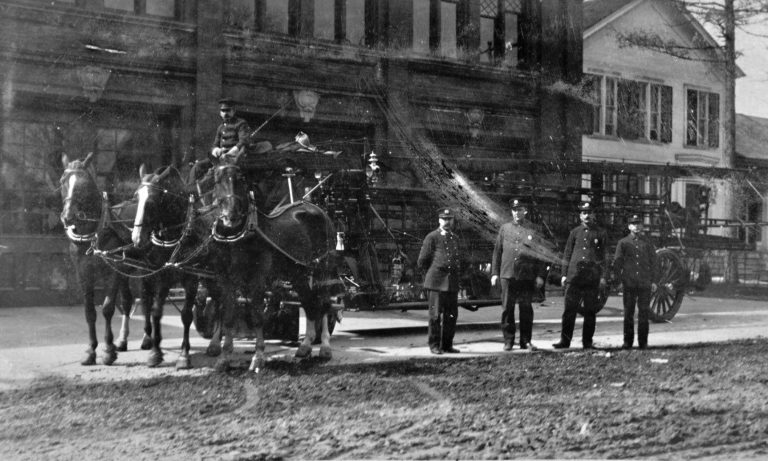
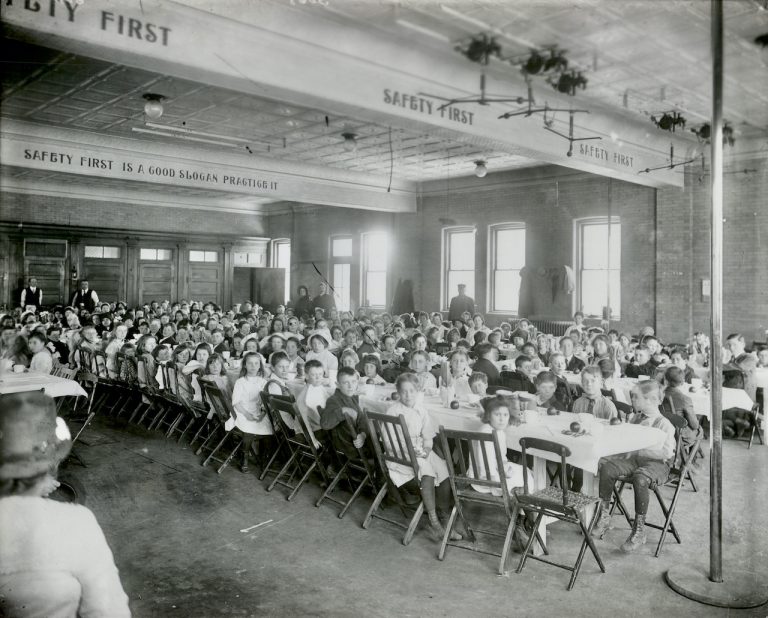
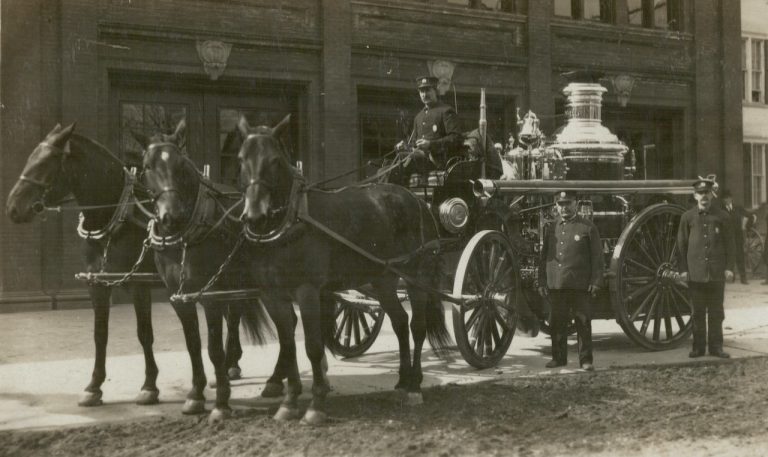
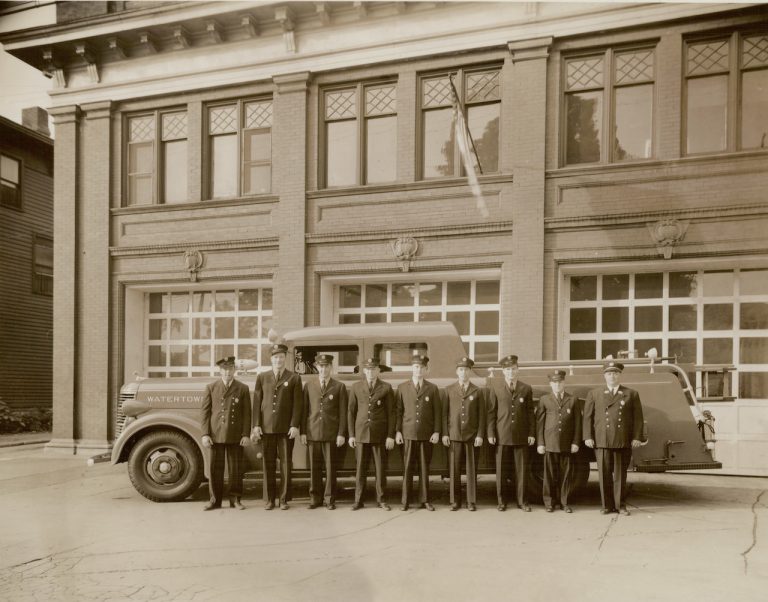
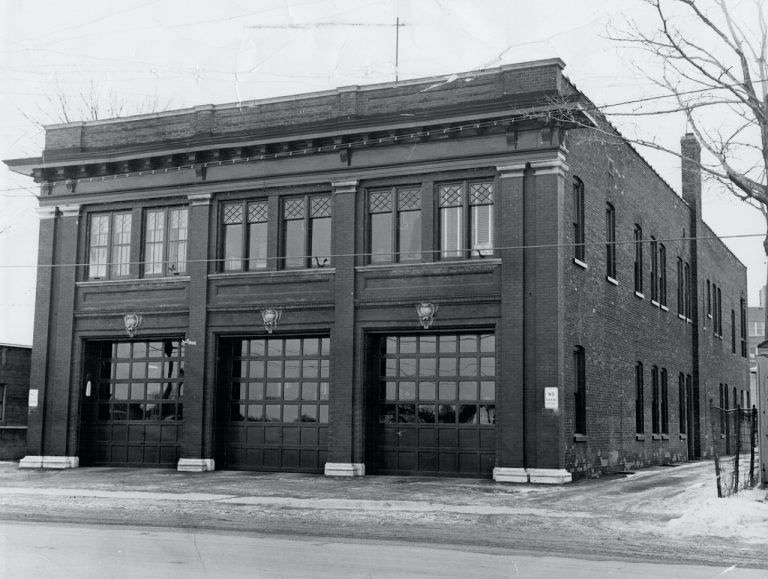
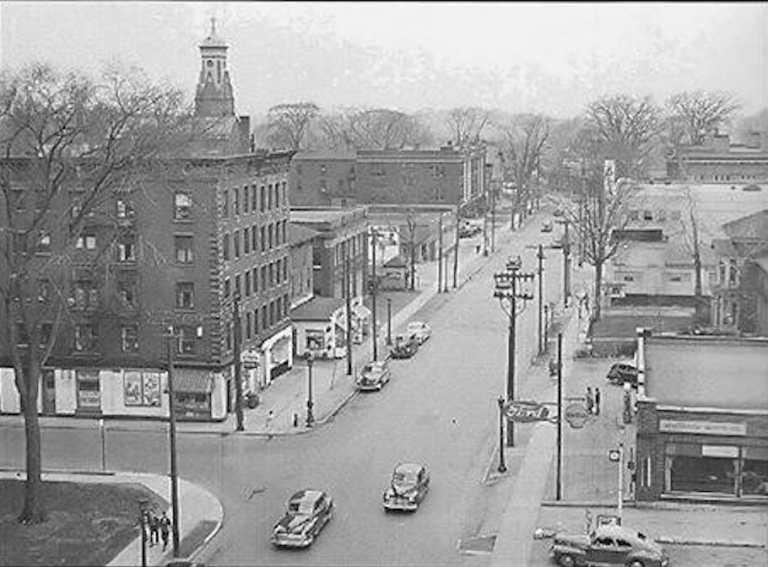
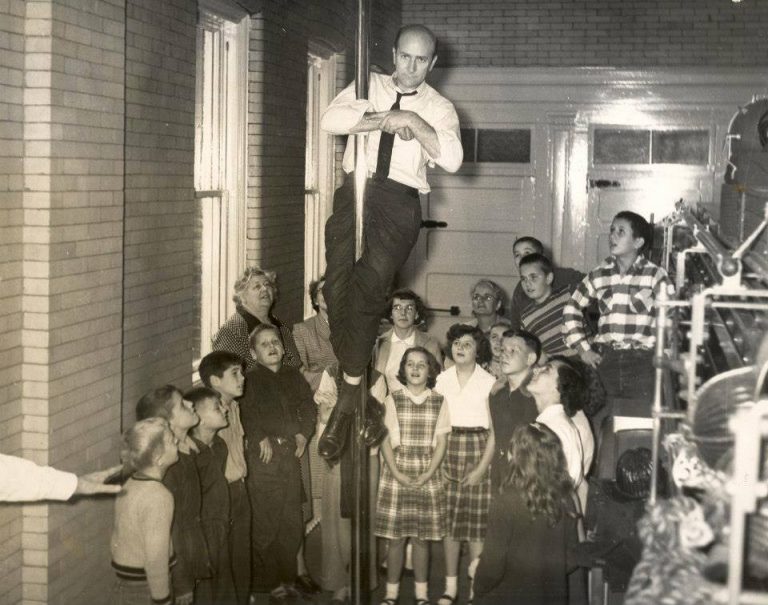
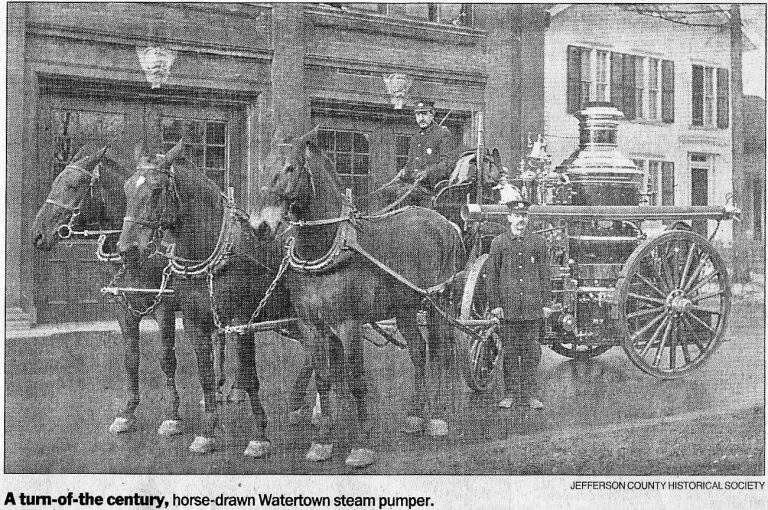
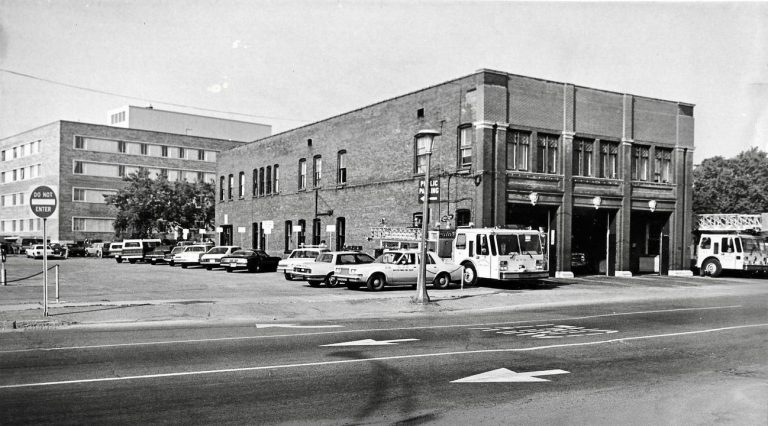
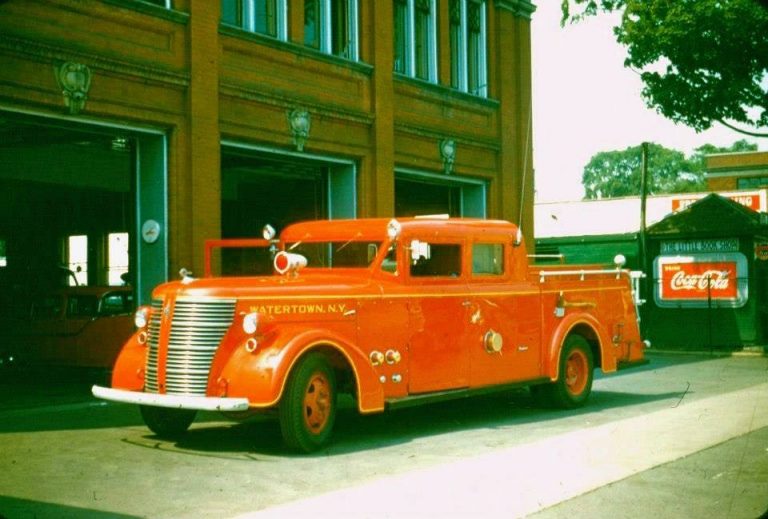
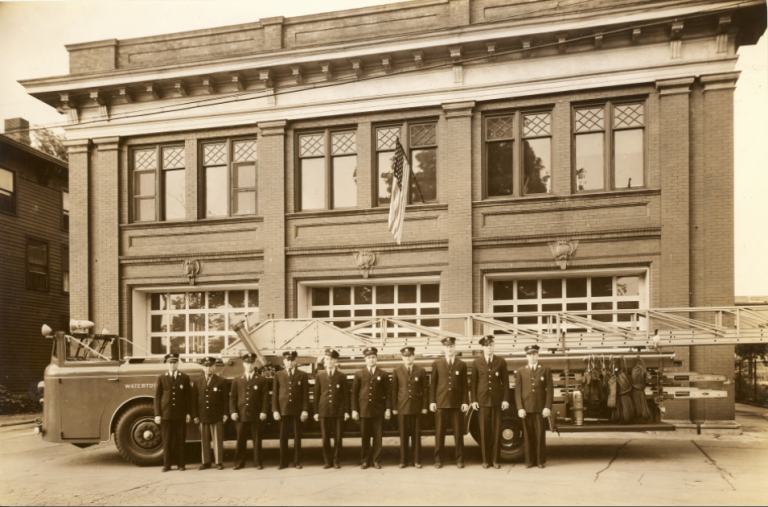
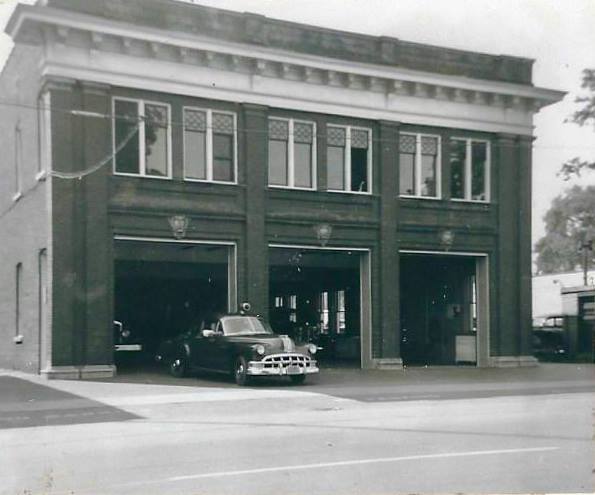
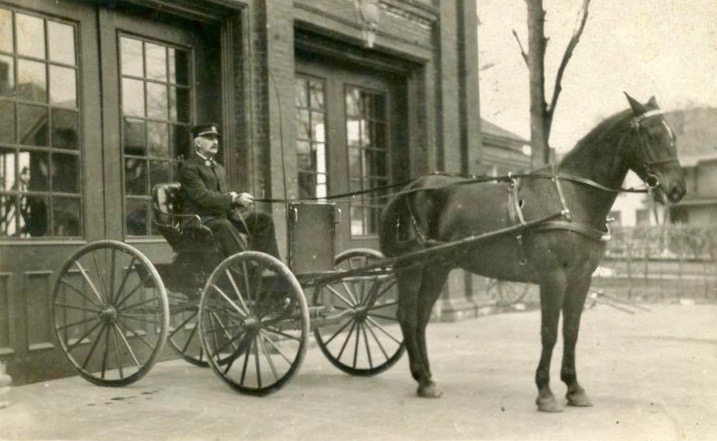

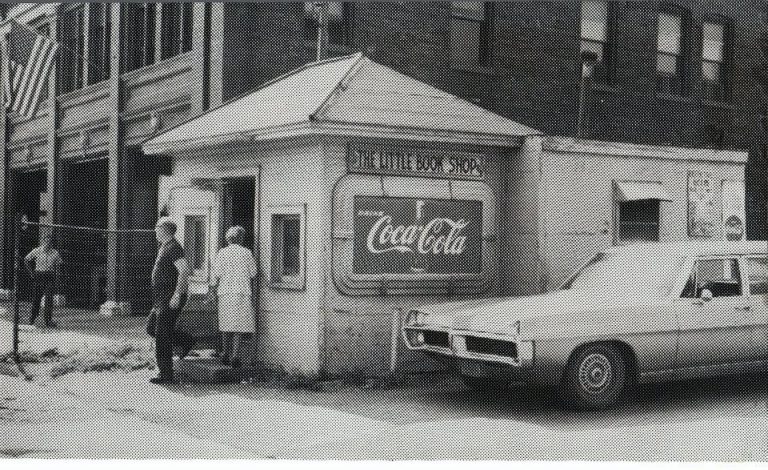
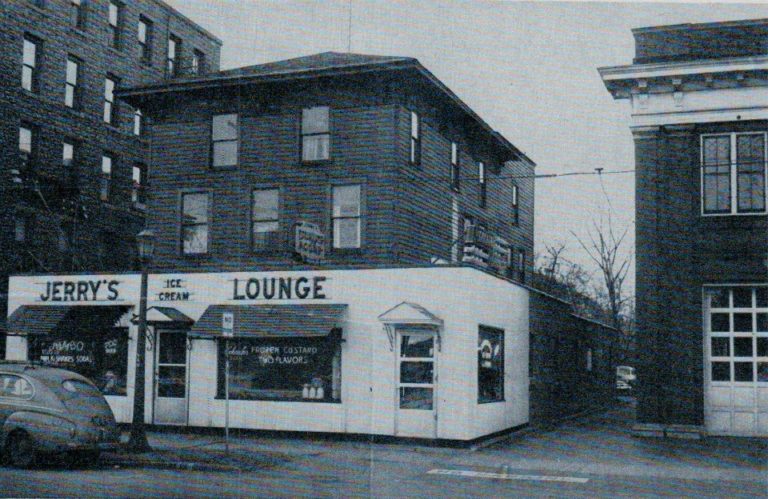

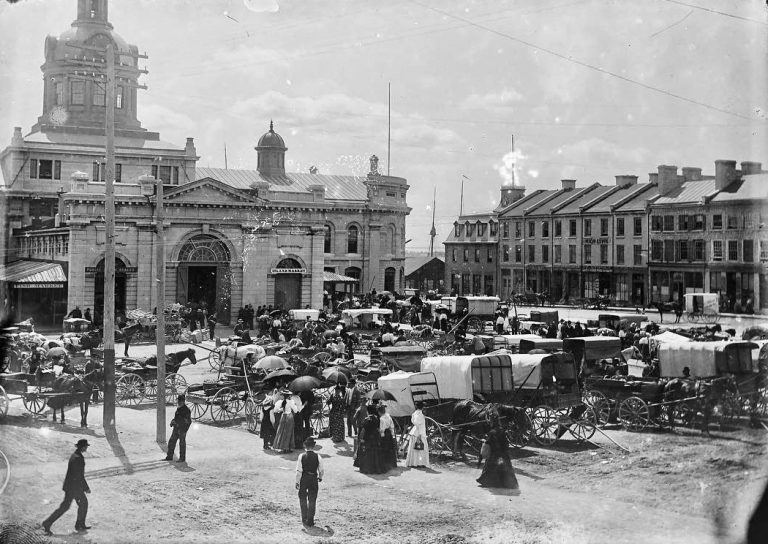

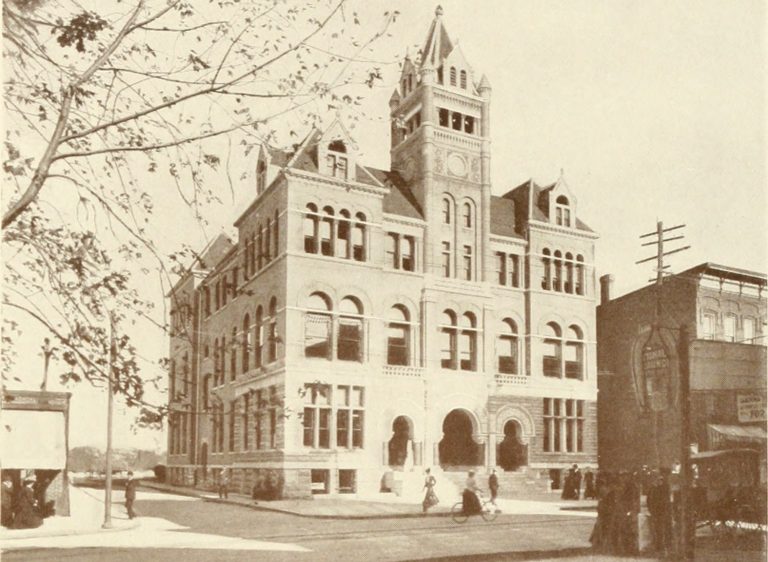
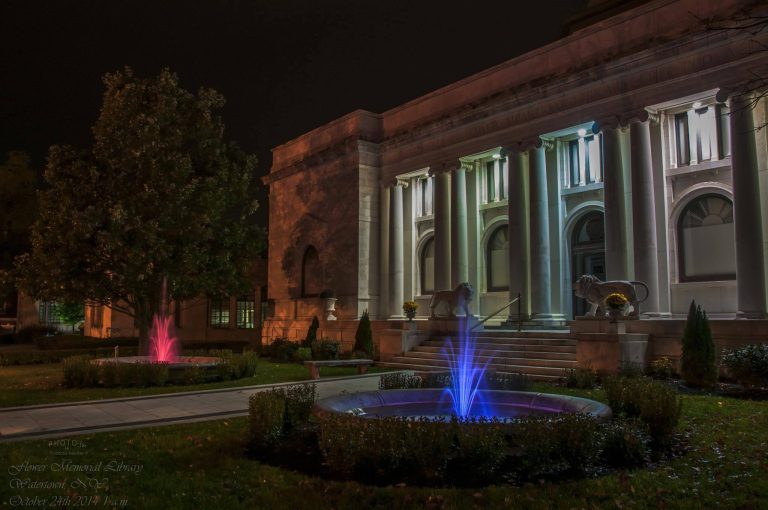

2 Reviews on “Arsenal Street Fire Station No. 1”
Attached is a photo of Arthur George Nelson Deline (1884 – 1956), He served at the Arsenal Street Fire Station from 1907 to about 1920. In this photo, Arthur appears to be in his uniform on a motorcycle. Whether a fire department motorcycle is unknown. Feel free to use the photo in fire department history. Photo credit: Thomas F. LaClair, Grandson of Arthur G. N. Deline, Clayton, New York, tomlaclair624@yahoo.com
Thanks for sharing the photo! I haven’t seen any of the fire departments on motorcycles but know the city police used to ride them. The photo is automatically added to the gallery, but I’ll have to see if I can edit info to it or not. Thanks again!
For history’s sake…..Timothy Kelley….not Keller.
Thanks, I corrected it. Per the article in the Times, it’s actually “Kelly.”